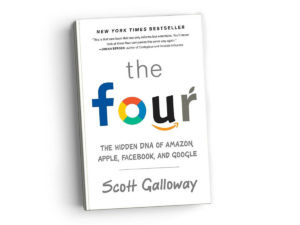Joint work with Alan Dennis, Linghao (Ivy) Yuan, Xuan Feng, and Christine Hsieh. Published in the Journal of Management Information Systems: https://www.tandfonline.com/doi/full/10.1080/07421222.2019.1705505
Abstract: Most research on e-commerce has focused on deliberate rational cognition, yet research in psychology and marketing suggests that buying decisions may also be influenced by priming (a form of what Information Systems researchers have called digital nudging). We conducted seven experiments to investigate the impact of two types of priming (numeric priming and semantic priming) delivered through what appeared to be advertisements on an e-commerce website. We found that numeric priming had a small but significant effect on consumers’ willingness to pay when the value of the product was unclear, but had no effect when products displayed a manufacturer’s suggested retail price (MSRP) or a fixed selling price. Semantic priming had larger effects on willingness to pay and the effects were significant but smaller in the presence of an MSRP. Thus, the combination of numeric and semantic priming has a larger impact on consumers’ willingness to pay. Taken together, these experiments show that some of the research on numeric priming and semantic priming done in offline settings generalizes to e-commerce settings, but there are important boundary conditions to their effects in e-commerce that have not been noted in offline settings. In online auctions (e.g., eBay), sellers can influence customers to pay more for products whose value is unclear by displaying products with clearly labelled high prices alongside the products the consumer searched for. However, such tactics will have only minimal effects for auctions of products whose price is known (e.g., those with an MSRP) and no effects on products with clearly listed prices (e.g., Amazon).

